Joint Venture Agreements
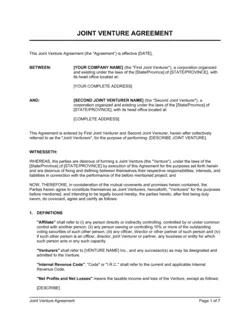
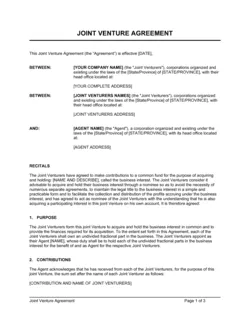
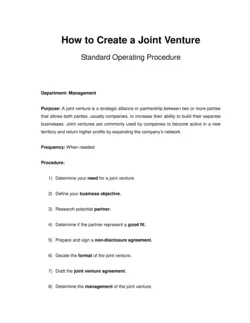
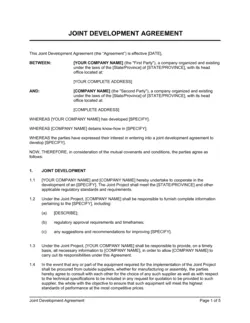
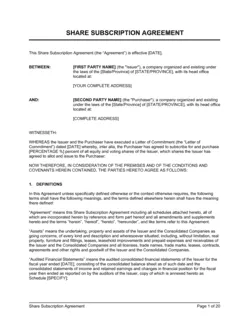
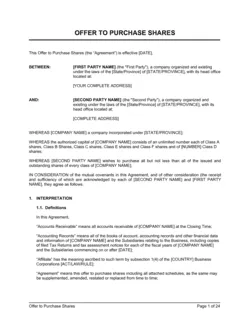
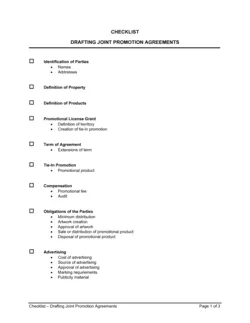
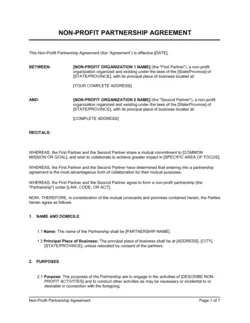
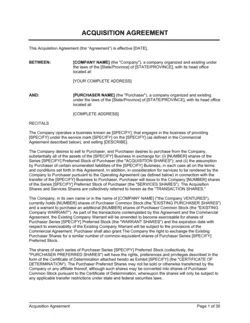
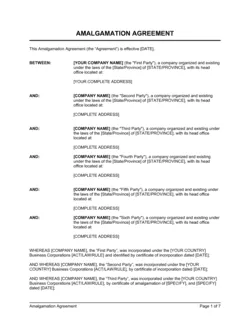
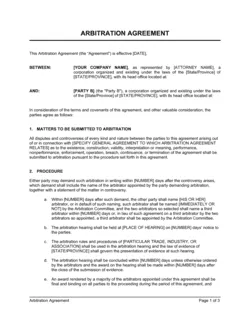
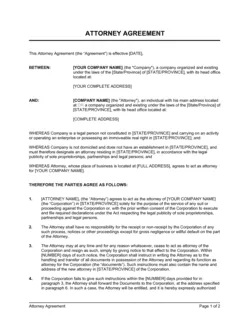
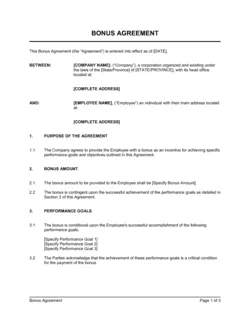
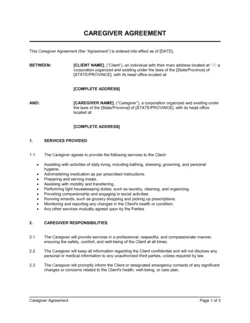
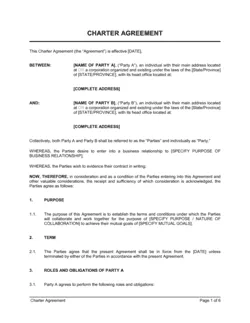
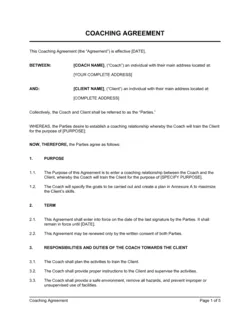
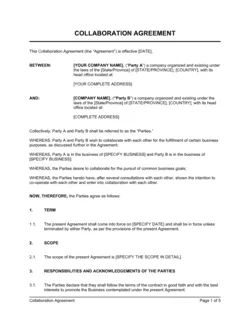
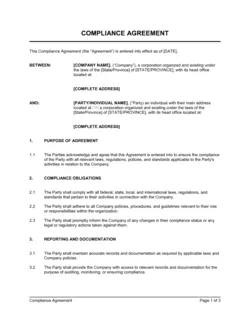
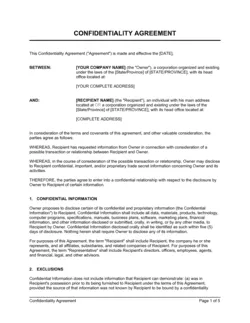
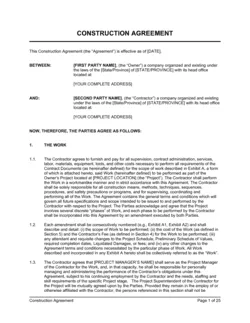
Joint Venture Agreements: A Comprehensive Guide
Starting a business for yourself has never been more accessible or affordable than today.
With connected devices in every pocket and a wealth of tools available to take you from idea to online store and beyond, you can reach a global marketplace from your own home with just a small investment. But all that focuses on what you can do for yourself, so why do so many entrepreneurs love a good joint venture agreement template, and how do you avoid mistakes and benefit as much as possible from a joint venture project?
In this guide, we will take you through the benefits of a joint venture, and then discuss the details of the joint venture agreements that are the foundation for such arrangements. Understanding such agreements is essential if you are to make the most of joint venture opportunities that you have access to. We will take a detailed look into assessing joint venture agreements and avoiding issues that can become major problems down the line.
A Joint Venture Brings a Common Goal within Reach.
With so many options for entrepreneurs today, huge markets and endless opportunities all easily accessible, it may seem counter-productive to follow the joint ventures approach. However, joint ventures have several benefits, allowing businesses who share a common goal to work together, pooling resources and reducing individual risk and overheads.
That common goal could be a project that combines two or more business’ specialties and knowledge, or it can enable two smaller organizations in the same field to work together on a project larger than either would be able to commit to on their own. Whatever the project, the benefit of organizing as a joint venture is that each party has access to more resources without having to take on additional risk through additional investment.
From manpower to manufacturing capability, additional skills or access to new markets, each party in the joint venture project benefits from the resources the other brings. But unlike a merger or forming another organization, none of the parties involved lose their own brand identity. Nor does it impact other projects either being planned or ongoing, the business remains an independent organization that freely trades as it wants outside of the specific project where it is constrained by the joint venture agreement template.
Of course, such arrangements that connect two or more businesses for the duration of the project can be complex, as many legal arrangements inevitably are. As such, having a good understanding of the agreement, what a joint venture agreement means and how it affects your business both within and outside the project, are essential.
Why Do You Need A Joint Venture Agreement?
The obvious starting place when seeking a more detailed understanding of the joint venture agreement is the basic question: what is it that this agreement covers? It is important to remember that each agreement will be unique to the project it is created for, with specifics for responsibilities, profit sharing and so on. It’s different depending on the needs of the situation, but all agreements for joint ventures do set out the legal basis for the project in a similar way. It is also important to note the joint venture agreement you need will vary, depending on your situation and need. Some of the most popular joint venture agreement templates downloaded are the joint development agreement template, business associate agreement, teaming agreement and the partnership agreement template.
The agreement defines the relationship between the parties involved, whether that is through the creation of a specific legal entity to control the venture or by providing a contract that defines every aspect of the agreement. It is only by defining how the parties will work together, from funding the project to allocating assets to the work and ultimately, the way profits are distributed, along with all legal risks and obligations, that the joint venture can succeed for all involved.
The joint venture agreement template covers several aspects of the relationship between parties, understanding each and the options available is essential for the success of your joint venture.
Assessing Your Goals
Before embarking on a joint venture, it is important to assess the opportunity and ensure that it is right for you, and that your business is ready for such an endeavor. Due diligence on the project and prospective partners is essential of course, but when looking at the creation of a joint venture agreement, it must be a legal document that suits your needs, and those of the other parties too.
To accomplish that, you must first establish your goals for the project. Now, your first answer may be profit, but here there are things to think about. What do you expect in terms of percent of the profits? In a joint venture, profit is distributed among the parties involved. The joint venture agreement template will establish how those funds are distributed, so you need to set your goal for profit share beforehand.
There are other goals you may have too, training in new skills, brand awareness, and more. The joint venture needs to be structured to allow you to reach those goals. For instance, if one of your goals is to raise awareness of your existing brand, a joint venture agreement that prohibits the use of your brand within the project is not going to work to your advantage. By first establishing your goals for the joint venture, you are better placed to negotiate the details that match those needs.
Defining the Business
The first choice with the joint venture is how it is to be structured, and this initial choice defines the entire joint venture agreement template. There are three options here:
- The Formation of a Limited Liability Company for the Project
- The Formation of a Limited Liability Partnership for the Project
- Setting out the Joint Venture details and obligations within a contract
The choice of organization will depend on the project and the stakeholder’s needs. We can look at each in turn to understand the pros and cons, and why you might choose a given option.
Forming a Limited Liability Company (LLC)
In this scenario, a new, separate legal entity is created as a limited liability company. This new company can enter contracts, operate independently as any business could. There are advantages to this, for instance if the project needed fundraising, the new company has a broader choice for funding sources, including providing loan security to reduce costs.
However, as a limited liability company, it will be required to produce public accounts every year, adding to the management workload and providing more details about the project than other options require, which could be important is time sensitive or highly competitive markets.
Forming a Limited liability Partnership (LLP)
Again, a separate legal entity, the partnership, is formed for the project, with similar benefits to the LLC option. In addition, the LLP is a more flexible structure, allowing additional partners to join the venture during the project, and less restrictions on profit sharing.
For projects that require financing though, where the LLC can offer loan security, LLPs provide less options. It may require personal guarantees from each individual partner to gain funding, adding risk to the project.
Contractual Joint Ventures
With no new legal entity created for the project, this type of joint venture agreement template offers increased flexibility over either of the other options, while reducing additional management overheads at the same time. With no additional accounting requirements or formation documentation, it is both a faster and cheaper approach to creating a joint venture, making this an ideal option for a short-term venture, and is indeed the most popular option in use today.
Nothing is perfect though, and there are downsides to this approach. Firstly, you lose the limited liability aspect of the other arrangements, and your legal protections rely solely on the accuracy of the agreement drawn up. If something is missed from the contract, then there is no legal redress afterwards.
In most cases, you will likely be dealing with this form of joint venture agreement, and that is why ensuring every detail in the contract is correct is so important. If you sign it, it's too late to change anything.
Defining Each Party’s Contribution to the Joint Venture
Once the structure is agreed, the joint venture agreement template lays out the contribution each party will make to the project. This is done clearly and simply to avoid any confusion, as it is the legal foundation for the entire venture.
The type of contributions defined here cover both financial and non-financial options, and so will always be unique to the project in question. Financial investments described here will also define how those individual investments will be valued at the end of the project, and the rights and obligations they bestow on each party.
The non-financial contributions are the core of how the joint venture project will function. Here, the agreement describes the resources each party is providing, and the responsibilities and expectations from those resources. This could be expertise, access to markets, skilled employees, machinery, and equipment, even the premises used for whatever work is required.
Defining Your Rights as a Shareholder or Partner
Establishing the contributions of each party, and the obligations that go with them, allows the framework of the venture to be defined. However, just as important are the rights of each party within the joint venture. The exact nature of the rights will depend on the structure chosen for the joint venture along with the unique situation of any individual project.
The key here is that the rights are clearly defined for all. Voting rights, rights of veto, influence on decisions and so on can all be crucial as the project moves forward. It is important that you are fully aware of how much influence you can have on the project before entering into any joint venture agreement, and your needs in this regard must be represented within this aspect of the agreement.
Sharing Profits
Ultimately, the objective for any project is to make money, and a joint venture agreement must establish how those profits are distributed among the parties involved. Profits are not always distributed evenly in a joint venture, for instance if one party is taking greater risks through higher investment of finance or resources, it may be agreed they also take a larger portion of the profit, but whatever the arrangement that is agreed, it must be clearly laid out within the joint venture agreement.
It's not just the ongoing proceeds of the project that should be defined, in the case of many joint ventures once the project is complete the company or assets and resources of the venture may be sold on. The joint venture agreement template should clearly describe how those proceeds are also distributed among the stakeholders.
Dispute Resolution
No matter how well things have gone before the project, how closely your vision matches the other party or parties, once the project is underway if things go wrong for any reason it can lead to issues. Even in the most carefully drafted contract, this can lead to disputes between parties, a breakdown of communications, delays and more.
It is important then, to have a defined mechanism for dispute resolution to avoid escalation of issues into crisis and worse. Processes for arbitration and mediation can save both time and money on a joint venture and be the difference between success and failure.
Termination of the Agreement
No project is perfect, and some do not last until completion. You should never go into a joint venture expecting it to fail, but you should have clearly defined processes that cover that eventuality in a sensible and predictable way.
There are four main reasons that a joint venture agreement may need to be terminated:
- One or more parties have breached the agreement in a serious way.
- The project is ending as agreed.
- One or more parties have made the decision to leave the joint venture.
- The project has failed and is insolvent.
For each case, the joint venture agreement template must clearly lay out the steps required to manage the termination of the joint venture. With these processes in place, you can have confidence that whatever happens, you have a viable path to follow should the worst happen.
Templates Bring Your Joint Venture Agreement to Life
With so much to include, it can seem a daunting prospect to start drafting a joint venture agreement, even for a relatively small project. However, you can make the process much simpler with our templates. Get up and running with your joint venture quickly.
Sign up and enjoy our full joint venture agreement template or browse our full collection of over 2000 templates covering every aspect of your business. They can all save you time and money, leaving you free to focus on what you do best.


